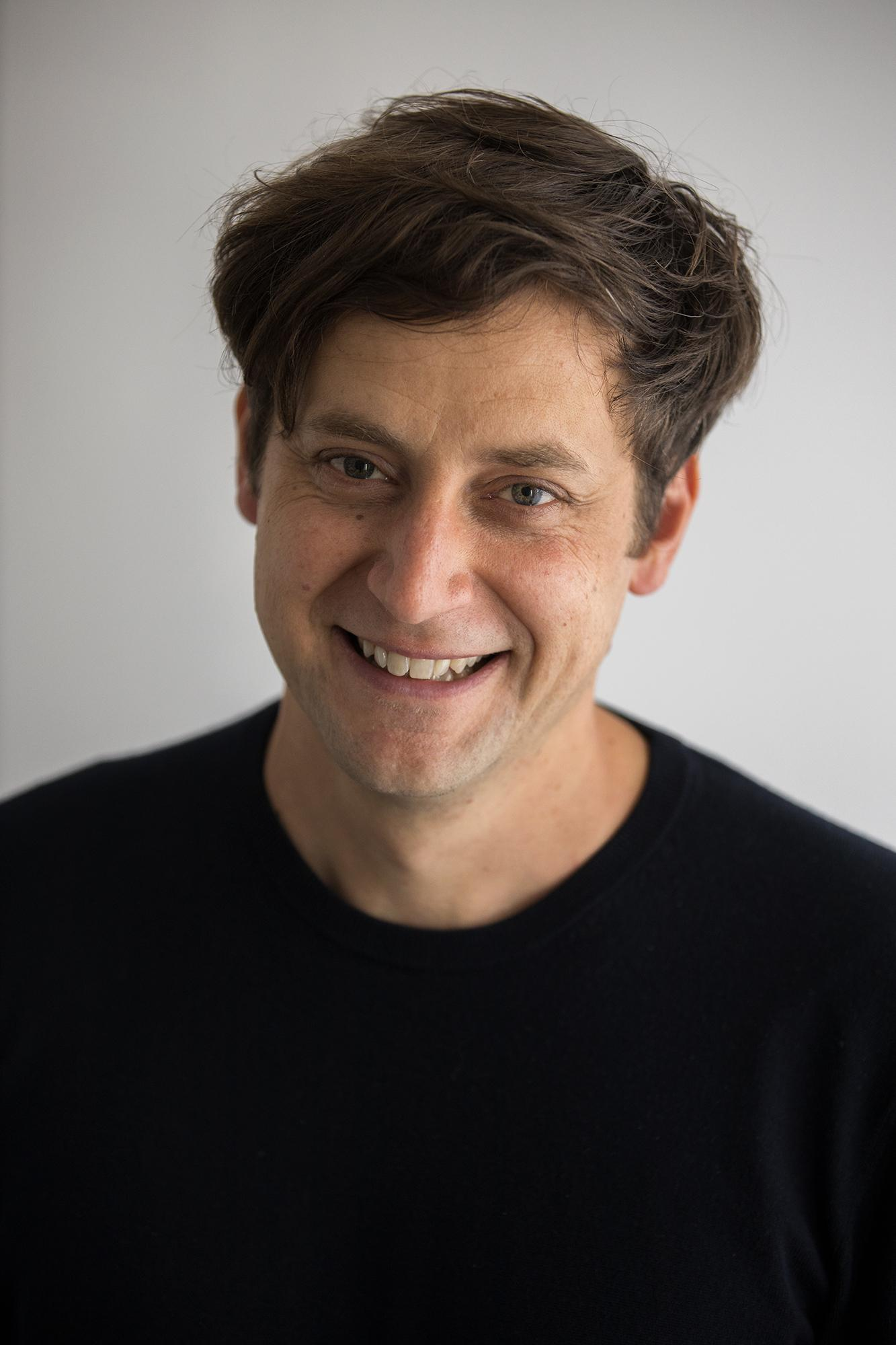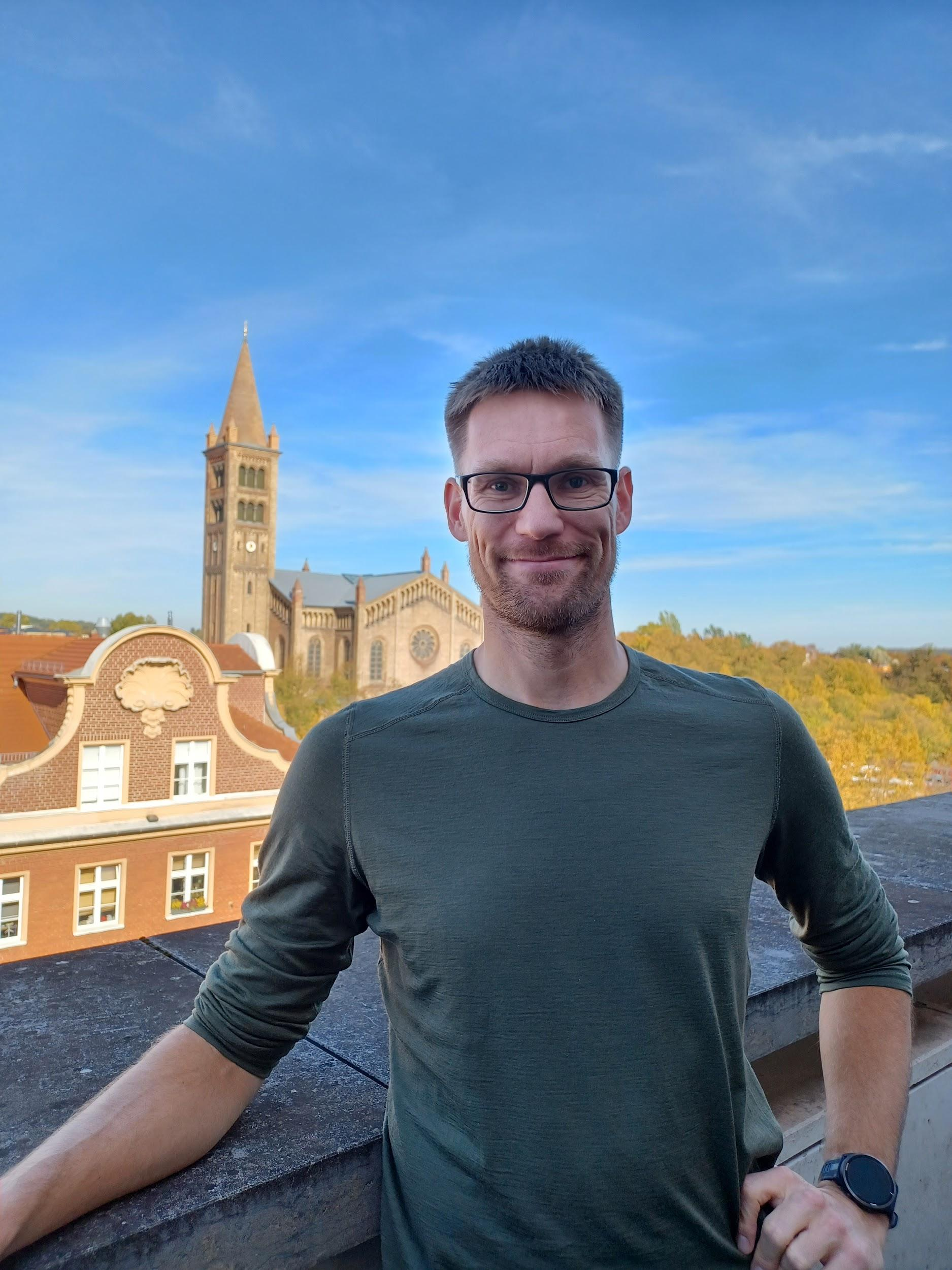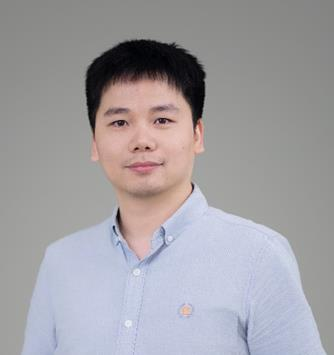Quantitative interrogation of DEMs using TopoToolbox
Wolfgang Schwanghart
University of Potsdam Germany

April 2nd , 2025
7:00 MDT (UTC -7), 9:00 EDT (UTC -5), 11:00 BRT (UTC -3), 14:00 GMT (UTC +0), 15:00 CEST (UTC+1), 16:00 EET (UTC +2), 22:00 CST (UTC +8)
Recording available in our YouTube channel
Bio: Dr. Wolfgang Schwanghart is a physical geographer and geomorphologist at the University of Potsdam, Germany. He has more than 15 years experience in working with DEMs and has written the software TopoToolbox, a MATLAB software for terrain analysis. His research focuses on landscape evolution on geological timescales and natural hazards, particularly in high mountain areas. In this context, he applies digital terrain analysis to extract as much quantitative and qualitative information as possible from DEMs, enhancing the understanding of tectonic and climatic influences on landscape evolution and improving predictions of natural hazards and risks.
Abstract: In this talk, I will present current developments within the project TopoToolbox 3 – improving the quality and reuse of a research software for terrain analysis. Adopting FAIR principles of research software development, the project will make the MATLAB-based TopoToolbox available in other high-level programming languages. I will also talk about the software design which aims at providing a platform that fosters creativity, development, and proto-typing. Lastly, I will show some applications.

